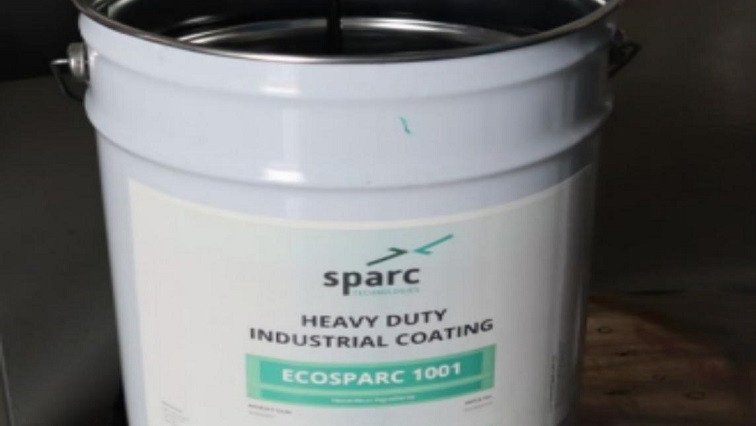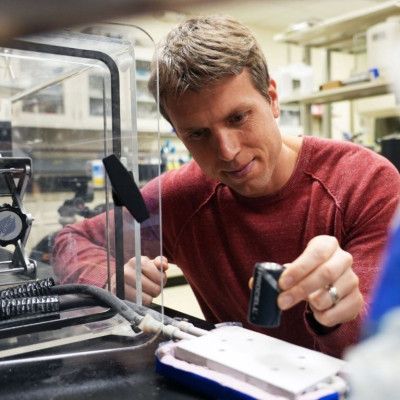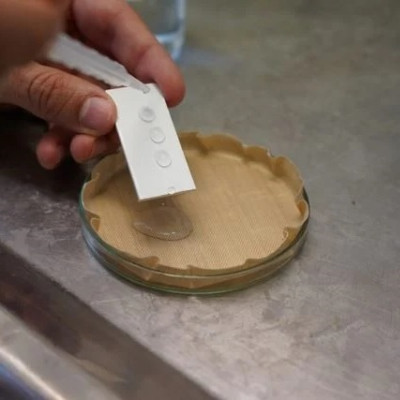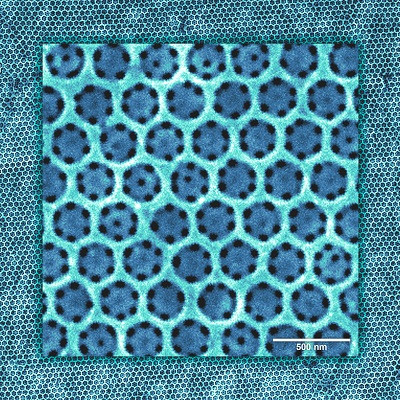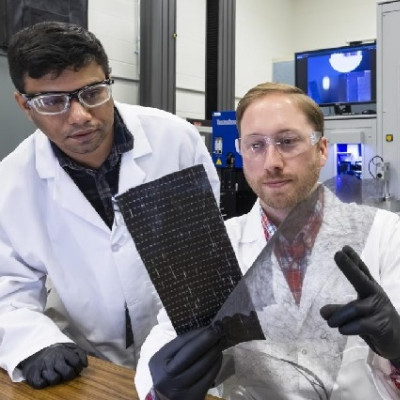The ASX-listed company revealed that after testing, there have been considerable reductions in cracking when ecosparc-enhanced coatings were used compared to coatings without ecosparc.
In addition to these findings, extensive follow-up testing that was done in accordance with international standards revealed notable advancements in several areas.
These areas include impact resistance, wearability, cathodic disbondment, and repeat scribe creep testing, all of which have a positive cumulative effect on the performance of the ecosparc-enhanced protective coating.
According to Sparc, The life of protective coatings can be significantly increased by avoiding or delaying cracking.
The development of fractures on welds and angular surfaces is a major factor in coating deterioration, which eventually causes corrosion and asset degradation.
In particular, the Thermal-Cycling Resistance Test, Sec 9: NACE TM0404-2004 was carried out by an authorised third-party laboratory.
He stated that these are excellent outcomes that have improved the company’s knowledge of how ecosparc performs in protective coatings.
Dr Denis Wright, Sparc Technologies General Manager – Graphene, stated that these are excellent outcomes that have improved the company’s knowledge of how ecosparc performs in protective coatings.
“It imparts benefits as a raw material that increases coating longevity, long-term asset protection, provides cost savings and importantly improves overall sustainability. These results will further support and advance our commercialisation efforts,” Dr Wright said.
Previously, scribe creep testing (ISO12944), a test method that assesses rust advancement from an initial damaged region, has shown that protective coatings containing ecosparc have considerable anti-corrosive advantages.
The inclusion of ecosparc in protective coatings acts as a highly effective shock-absorber, significantly reducing initial damage to a paint system caused by cracking through a 90 degrees Celsius temperature cycle, 252 times, according to more recent testing known as the Thermal-Cycling Resistance Test.
These findings further support ecosparc’s value proposition by lengthening the interval between initial maintenance and subsequent maintenance cycles, which improves the asset owner’s bottom line and sustainability by reducing the need for paint and maintenance (re-coating) expenses.
Sparc is currently conducting a life-cycle analysis to quantify these benefits to asset owners.
Read the original article on Australian Manufacturing.

